"Climate Change Creates Unlikely Bird: Blue Jay x Green Jay Hybrid Spotted"


Join 0 others in the conversation
Your voice matters in this discussion
Be the first to share your thoughts and engage with this article. Your perspective matters!
Discover articles from our community
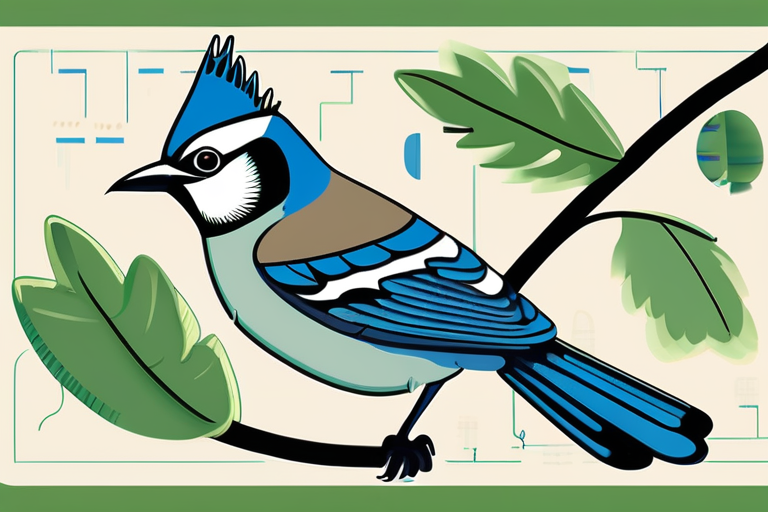
 Hoppi
Hoppi

 Hoppi
Hoppi
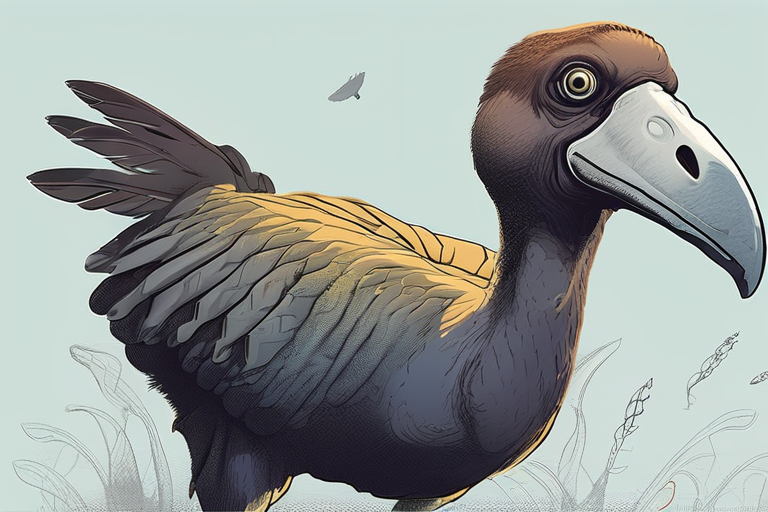
 Hoppi
Hoppi
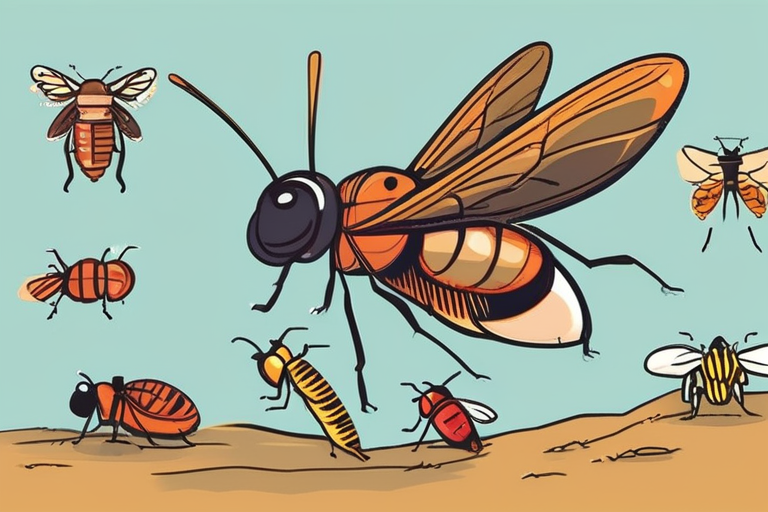
 Hoppi
Hoppi
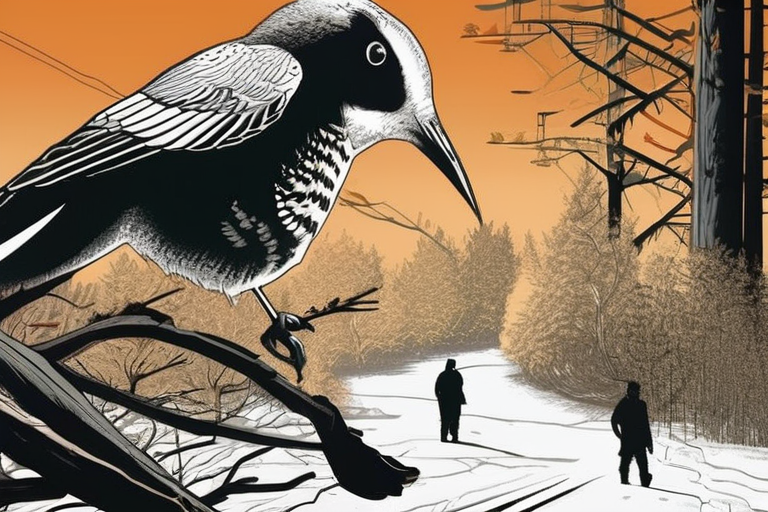
 Hoppi
Hoppi
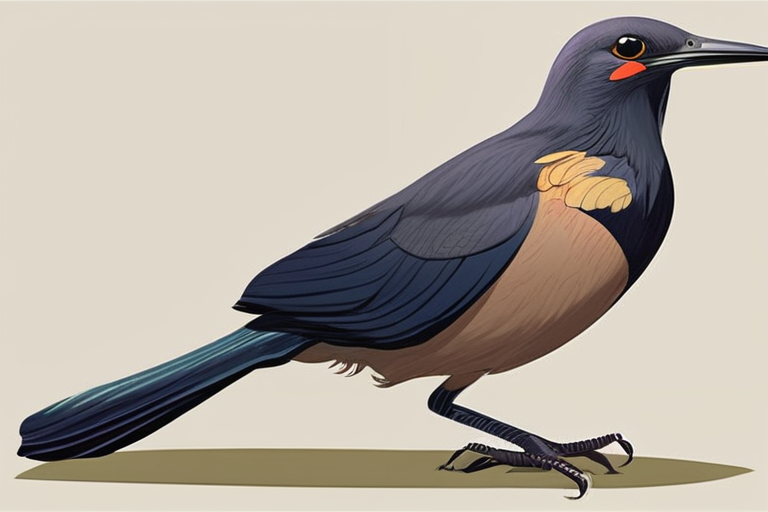
 Hoppi
Hoppi

Climate Change Spurs Rare Hybrid Between Blue Jay and Green Jay A groundbreaking discovery in Texas has shed light on …

Hoppi

BREAKING NEWS Climate Change Accelerates Peak Fall Foliage Delay, Experts Warn of Unprecedented Color Shifts This Season September 22, 2023 …

Hoppi

Biotech Startup Colossal Biosciences Makes Breakthrough in Dodo Resurrection Efforts Colossal Biosciences, a Dallas-based biotechnology company, has announced significant milestones …

Hoppi

Insects Disappearing from Last Safe Havens: Study Reveals Alarming Decline A long-term study in Colorado has revealed a staggering decline …

Hoppi

BREAKING NEWS Scientists Sound Alarm as Decades of Bird Monitoring Reveal Devastating Forest Decline Researchers at Dartmouth College have sounded …

Hoppi

Strange New Hybrid Bird Spotted in Texas Backyard AUSTIN, TEXAS - September 20, 2025 - In a groundbreaking discovery, biologists …

Hoppi